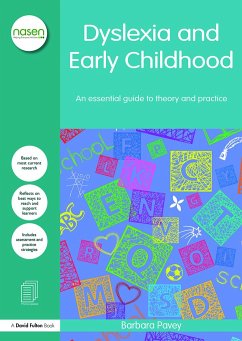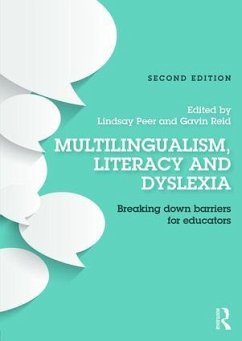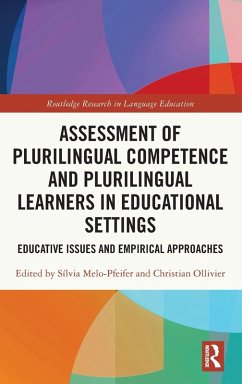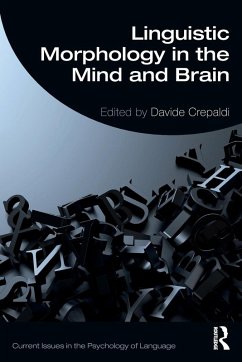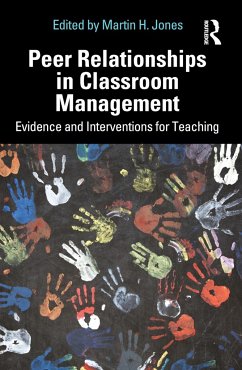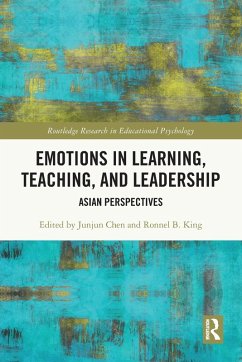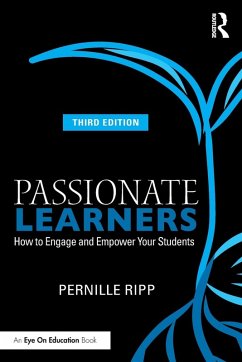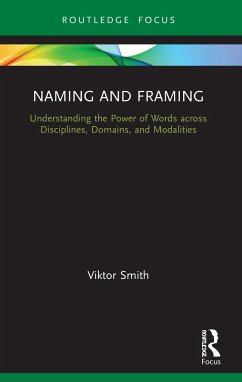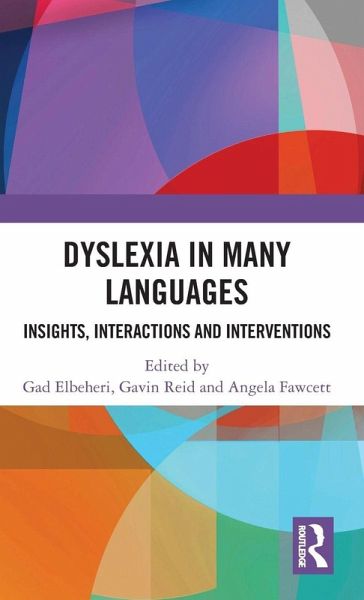
Dyslexia in Many Languages
Insights, Interactions and Interventions
Herausgegeben: Elbeheri, Gad; Reid, Gavin; Fawcett, Angela
Versandkostenfrei!
Versandfertig in 6-10 Tagen
154,99 €
inkl. MwSt.
Weitere Ausgaben:

PAYBACK Punkte
77 °P sammeln!
Dyslexia in Many Languages thoroughly investigates the fascinating relationship between dyslexia and language systems by highlighting research and practice initiatives around the world.Focusing on how dyslexia manifests itself in non-English languages, readers of this text will enhance their understanding and appreciation for the role of language systems and the interplay they have with dyslexia, assessment and intervention. Experienced and expert contributors around the world consider how dyslexia is defined, assessed, and supported in their native country, drawing on the linguistic features ...
Dyslexia in Many Languages thoroughly investigates the fascinating relationship between dyslexia and language systems by highlighting research and practice initiatives around the world.
Focusing on how dyslexia manifests itself in non-English languages, readers of this text will enhance their understanding and appreciation for the role of language systems and the interplay they have with dyslexia, assessment and intervention. Experienced and expert contributors around the world consider how dyslexia is defined, assessed, and supported in their native country, drawing on the linguistic features of that language and how this affects monolingual, bilingual and multilingual speakers. This book also compares dyslexia in different languages and questions what are the universal lessons that we can learn from comparing dyslexia in different languages and do different languages affect its prevalence and incidence? The editors consider the implications for classroom practice, such as learning and teaching challenges, the social emotional and educational impact on the child as a learner and considers the various sides of the educational process of students with dyslexia in different languages.
This volume is essential reading for teachers and psychologists who deal with a large number of students and patients coming from different language backgrounds. Researchers and educators interested in dyslexia in different languages will also find its contents useful and relevant in their learning and work contexts.
Focusing on how dyslexia manifests itself in non-English languages, readers of this text will enhance their understanding and appreciation for the role of language systems and the interplay they have with dyslexia, assessment and intervention. Experienced and expert contributors around the world consider how dyslexia is defined, assessed, and supported in their native country, drawing on the linguistic features of that language and how this affects monolingual, bilingual and multilingual speakers. This book also compares dyslexia in different languages and questions what are the universal lessons that we can learn from comparing dyslexia in different languages and do different languages affect its prevalence and incidence? The editors consider the implications for classroom practice, such as learning and teaching challenges, the social emotional and educational impact on the child as a learner and considers the various sides of the educational process of students with dyslexia in different languages.
This volume is essential reading for teachers and psychologists who deal with a large number of students and patients coming from different language backgrounds. Researchers and educators interested in dyslexia in different languages will also find its contents useful and relevant in their learning and work contexts.





